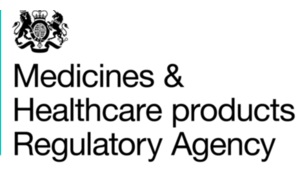5. How should the TMF be organised?
The organisation of a sponsor file can become quite complex such as when the trial is multi-country or multi-centre. Typically documentation is organised in the sponsor file at three levels: Global, Country and Investigator Site. This is a recommended approach to take as it allows particular sections of the TMF to be made available upon request, although amalgamation of the files may be a more suitable approach to take if, for example, a single country trial is being performed (with combination of global and country level files) or when running a single site study, where all three levels can be combined.
The sponsor organisation should identify where all of the potential documentation that should be filed in the TMF is located. It does not all necessarily need to be in the same location, but it should be clear where it is from TMF procedures/indices etc as the TMF must be readily available both during the trial and during the archiving retention period following the trial. For example, it may be appropriate for an organisation to determine that SAE cases will all be retained in the PV department, including the SUSAR receipt confirmation rather than printing it off the PV database and filing in the TMF. This detail, may, dependent upon its complexity require formal documentation in a procedure (e.g. SOP). In large commercial organisations, the TMF could include documents from across a variety of different departments other than clinical operations, for example, Data Management, Statistics, Pharmacovigilance, Clinical Trial Supplies, Legal, Regulatory Affairs etc., as well as those provided or held by CROs. This contrasts with a small single centre non-commercial trial, where the documentation is likely to be much less and could be limited to just the investigator and pharmacy files. Some documentation may be non study specific, for example the validation of a computer system that is used for numerous trials, but is still needed to demonstrate the quality of the trials.
Version 1: 17th December 2012






